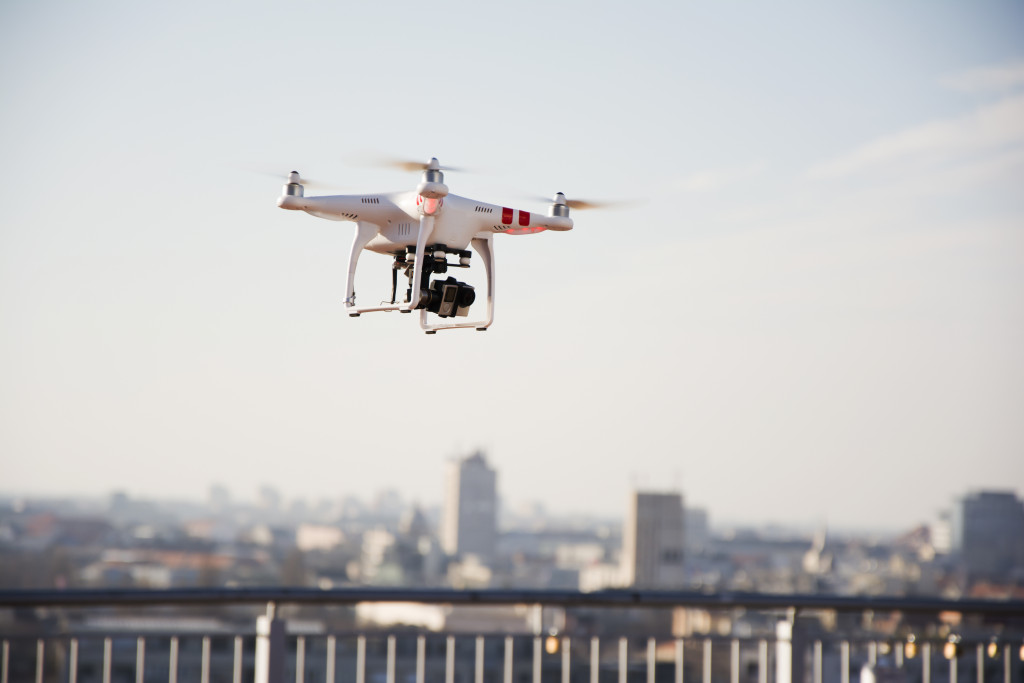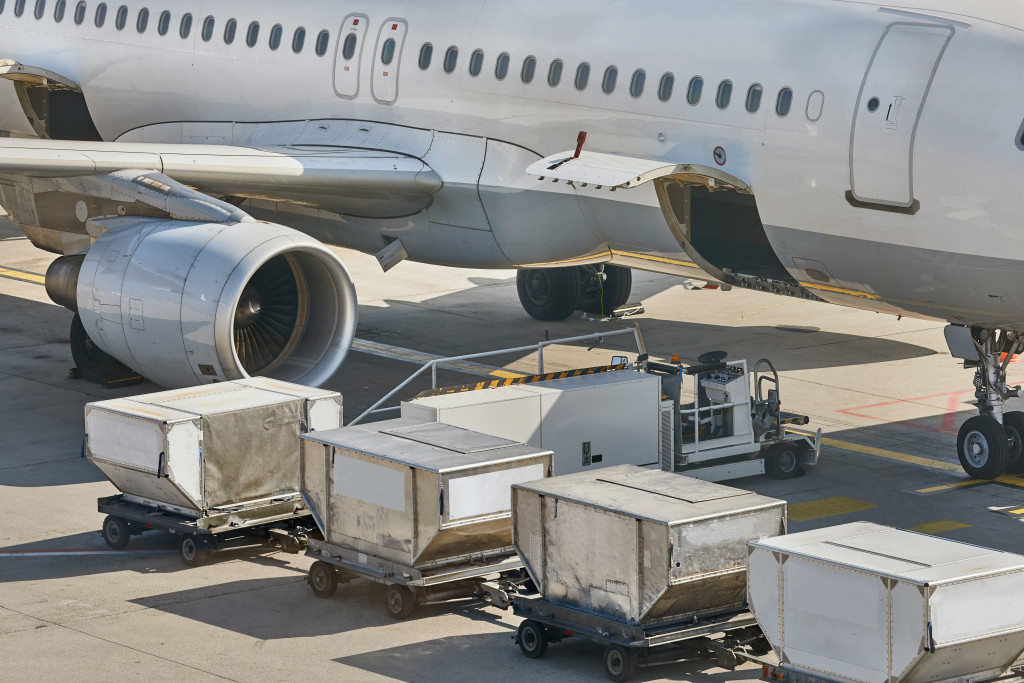Maintaining an airline fleet is a complex and costly process. But thanks to modern technology, much of the work can now be done remotely, saving both time and money. Airlines have long relied on ground crews to do basic maintenance tasks such as checking fluid levels and changing lightbulbs. But with the advent of new technologies, many of these tasks can now be carried out remotely, using sensors and drones. Here are some ways technology has simplified maintenance in the airline industry.
Fuel Efficiency Optimization
Aviation is a critical part of the global transportation system, and airlines are always looking for ways to improve efficiency and lower costs. One area where technology has a major impact is aircraft maintenance. Maintenance was a time-consuming and labor-intensive process, but today various technologies simplify the task. For example, fuel efficiency optimization software can help airlines reduce fuel consumption and save money. Similarly, predictive maintenance systems can detect potential problems before they occur, saving time and money. Moreover, the advent of aircraft tugs is also helping with maintenance. Traditionally, taking aircraft for maintenance was a challenging task. However, with excellent eclectic aircraft tugs, moving the aircraft has become hassle-free. Hence, maintenance doesn’t seem as daunting as it was earlier. Moreover, these tugs are also reducing labor-intensive tasks, helping save money and energy. As aircraft become more complex, these technologies will become even more important in maintaining safe and efficient operations.
Airliners that can Fly Themselves
Technology has always been a crucial part of the airline industry, from the development of the first jet engine to online booking. However, in recent years, technology has become even more important, with the advent of airliners that can fly themselves. This new generation of aircraft is equipped with sensors and computers to take off, land, and navigate without human input. As a result, they are much easier to maintain than traditional aircraft. The reduced need for human intervention means that maintenance crews can focus on other tasks, such as cleaning and restocking the aircraft. In addition, self-flying airliners are less likely to be involved in accidents, further reducing maintenance costs. As the technology develops, self-flying airliners will likely become even more commonplace in the airline industry.
A Graphic Reconstruction
The airline industry has long been struggling with reducing maintenance costs while ensuring the safety of its passengers. In recent years, however, technology has simplified maintenance in the airline industry through graphic reconstruction. Graphic reconstruction is a process whereby an aircraft is photographed from multiple angles, and then those photos are used to create a 3D model of the aircraft. Maintenance crews can then use this model to identify potential problem areas and make repairs. As a result, graphic reconstruction can help reduce the amount of time and money needed to maintain an aircraft. In addition, it can also help to improve the safety of an aircraft by identifying potential issues before they become a problem. As the airline industry continues to look for ways to reduce costs and improve safety, graphic reconstruction is likely to play an increasingly important role.
Sensors and Drones
The airline industry has been using technology to simplify maintenance for many years. One example is sensors that track the performance of aircraft engines. These sensors can identify problems before they cause a major failure, which helps to reduce unscheduled downtime. The use of drones is another area where technology is simplifying maintenance. Drones can be used to inspect plane exteriors for signs of wear and tear, and they can also be used to clean plane windows. In addition, drones can be equipped with cameras that provide a live feed of the plane’s interior, which helps to identify any potential safety issues. As these examples illustrate, technology plays an increasingly important role in simplifying maintenance in the airline industry.

Virtual Reality
Technology has always been a driving force in the airline industry, from developing the first jet engine to the advent of online booking. Now, new technologies are simplifying maintenance and training procedures, thanks to the power of virtual reality (VR). Using VR headsets, mechanics can simulate different scenarios, such as engine failure or landing gear malfunctions. This allows them to identify and fix problems more quickly and efficiently. In addition, VR can be used to train new employees, allowing them to gain experience without putting passengers at risk. As the technology continues to develop, VR will likely play an increasingly important role in the airline industry.
In-Airport Self-Service
Air travel has become increasingly commonplace, with people taking advantage of air transportation for pleasure and business. As the demand for air travel has grown, so too has the demand for reliable, safe, and efficient airline service. Airlines have implemented several technologies to simplify maintenance and improve the passenger experience to meet this demand. One such technology is in-airport self-service. This self-service technology allows passengers to check-in for their flights, print boarding passes and baggage tags, and even pay for their tickets using a credit or debit card. This simplifies the check-in process for passengers, but it also frees up airline staff to attend to other tasks. In addition, this technology can also be used to track aircraft maintenance needs and schedule repairs as needed. As a result, in-airport self-service technology is essential for maintaining a safe and efficient airline operation.
Air travel is an important part of the global transportation system, and airlines are always looking for ways to improve efficiency and lower costs. With the help of these new technologies, airlines can carry out maintenance tasks more efficiently and effectively, saving both time and money.

